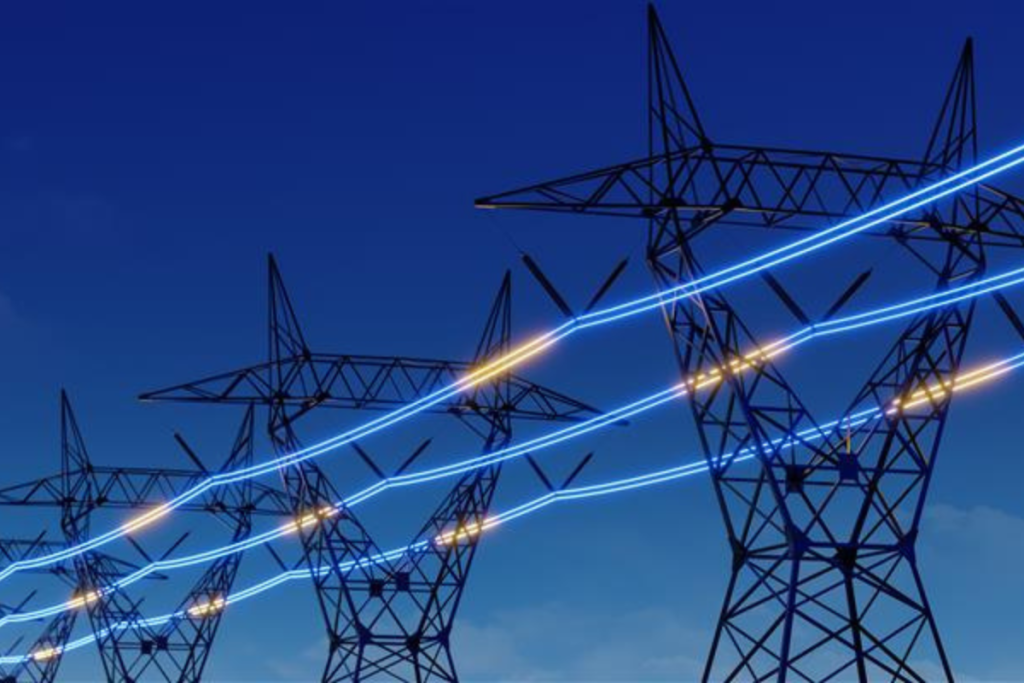In recent years, energy communities have gained attention as a key instrument for the transition to a more sustainable, participatory and decentralised energy system that contributes to greater efficiency and lower environmental impact. However, a lesser known but equally important aspect of energy communities is their potential to provide flexibility services to the national energy system.
What are flexibility services?
Flexibility in the energy sector is the ability to adjust electricity supply and demand in real time and to keep the system in balance even during consumption peaks or overproduction from renewable sources such as wind and solar. This balance is crucial for the stability of the electricity grid, especially in a context where the share of intermittent energy sources is rapidly increasing. Traditionally, flexibility has been ensured by conventional power plants that modulate their production according to demand. However, the increasing penetration of renewable energies requires a paradigm shift. This is where energy communities come into play: through these configurations, generation and consumption can be flexibly managed to respond to grid demand and contribute to the overall balance.
How energy communities provide flexibility
Energy communities can bring together a number of small producers and consumers to create a local renewable energy exchange system. Through advanced monitoring and management tools, they can, for example, balance supply and demand among their members and even store surplus energy for later use. In addition, they can participate in flexibility markets and respond to requests from grid operators to reduce or increase energy consumption at critical times. In this sense, energy communities take on a similar role to demand aggregators, uniting consumers to manage their energy needs collectively and responsively.
Benefits for communities and the energy system
The introduction of flexibility services through energy communities brings several benefits: firstly, it enables greater integration of renewable energy at a local level, reducing dependence on fossil fuels, and secondly, the flexibility provided by energy communities enables optimization of grid utilisation, minimising the emergency interventions required to maintain system stability. This also has a positive impact on the grid infrastructure, which can be less overloaded and therefore less subject to wear and tear and the need for costly upgrades.
Challenges and future prospects
Energy communities are an innovative and integrative solution to the flexibility challenge. They help to optimise the use of locally generated renewable energy and actively contribute to improving grid stability. Flexibility management requires advanced digital systems for monitoring and managing energy resources that can support the integration of communities into the system.
MAPS DIGITAL ENERGY COMMUNITY is the integrated digital platform that supports energy communities at all stages of their existence and enables virtual aggregations of resources to participate in the energy flexibility challenge. With advanced energy management capabilities, MAPS DIGITAL ENERGY COMMUNITY provides access to demand response programmes to enable one or more aggregated configurations to meet the flexibility needs of the power system.
